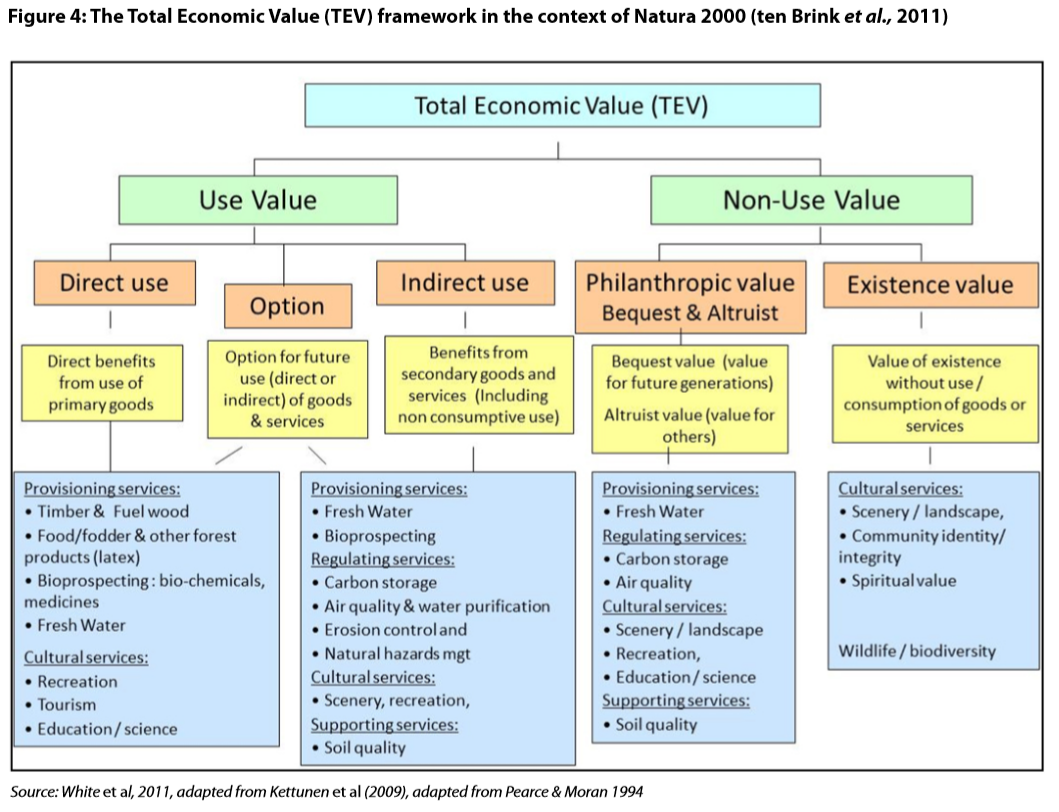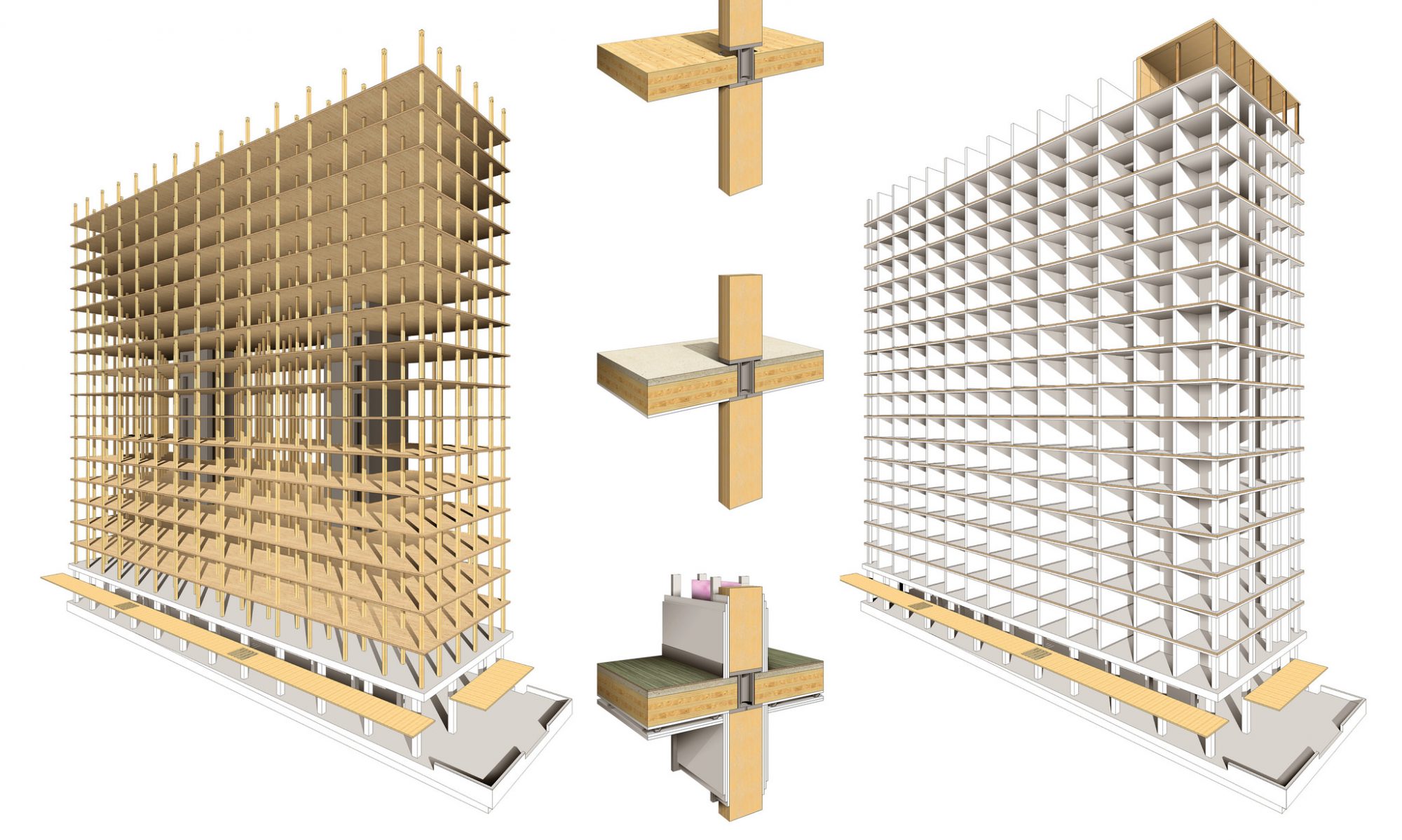Our education at UBC has an intentionally fragmented setup which might make it challenging for us to see the interconnections between the various fields of Civil Engineering, and the opportunities available for us, as Engineers to optimize the systems for an ecological and human benefit. Green Infrastructure is one of the primary topics covered in CIVL 498A. It is a very broad concept spanning various fields of Civil Engineering from Transportation, to Structural Engineering, to Stormwater Control. Various components of GI are shown in Figure 1 below.


![]() This blog post summarises the issues surrounding scientific research of Green Infrastructure (GI), as covered in detail here. It is meant to be a compliment to the article, and I highly recommend reading the article in its entirety. The following are the challenges in studying GI from a research perspective.
This blog post summarises the issues surrounding scientific research of Green Infrastructure (GI), as covered in detail here. It is meant to be a compliment to the article, and I highly recommend reading the article in its entirety. The following are the challenges in studying GI from a research perspective.
· GI features and/or elements
GI encompasses a wide variety of areas from ponds, to green roofs to bee hives (as shown in Figure 2). Monitoring the effects of these GI elements is difficult, if not impossible. GI elements such as green roofs are easier to study and monitor, and hence, garner more attention.

· Cost and benefits of GI
Costs are divided between the Financial costs & Opportunity costs. The resources used on constructing the GI elements are considered Financial costs. The benefit that would be obtained from those resources spent elsewhere would be considered the Opportunity cost. GI is most effective when thought of while improvements in present infrastructure are being made. For example, incorporating wildlife corridors when overhauling a highway system.
Benefits of GI are more qualitative than quantitative. Some indicators of GI benefits are: the quality of green spaces, the amount of sequestered carbon, the increase in employment after GI implementation. Figure 3 below attempts to describe the qualitative values of GI.

· Evaluating GI
The main goal of GI is the protection of ecological functions while simultaneously benefiting humans. When a GI element does not provide one of the two, or favors one over the other, that is an indicator of a poorly designed GI element. Policy, guidelines and standards are needed before any serious evaluation of GI can be undertaken.
· Multi-level evaluation
Since GI can be of different scales, it might be more effective to take a Systems Thinking approach. Additionally, analyzing not just the GI alone, but the institutions that manage (government agencies, etc) and use (transportation agencies, etc) these systems should be undertaken.
Conclusion
I believe that bringing to light the challenges in studying GI will lead to development of qualitative as well as quantitative methods of measuring GI impacts. As future Engineers, by knowing these challenges, we might be able to better justify implementing GI in our projects when posed with questions about their benefits.
References:
